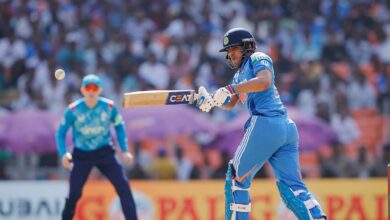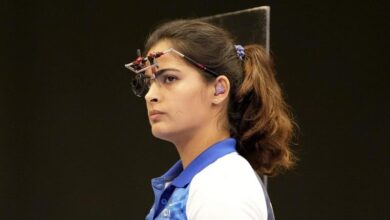Gymnastics and it’s Popularity Worldwide

News Mania Desk/29th July 2024
Gymnastics is a sport that involves the performance of exercises requiring physical strength, flexibility, agility, coordination, and balance. It evolved from exercises used by ancient civilizations for bodily development, including those performed for military training. Modern gymnastics is divided into various disciplines, each emphasizing different aspects of athletic performance.
History of Gymnastics: Ancient Origins
Ancient Greece: The term “gymnastics” derives from the Greek word “gymnos,” meaning naked, as athletes performed exercises without clothing in public gymnasiums. Greek gymnastics included activities like running, jumping, swimming, throwing, wrestling, and weight lifting.
Roman Influence: The Romans adopted Greek gymnastics, integrating it into their training for military purposes. However, after the fall of the Roman Empire, gymnastics faded in popularity.
Modern Gymnastics:18th and 19th Century Europe: Gymnastics as a formal sport began to take shape in Europe. Johann Christoph Friedrich GutsMuths from Germany is considered one of the pioneers. He wrote “Gymnastik für die Jugend” (Gymnastics for Youth) in 1793.
Friedrich Ludwig Jahn: Often called the “father of gymnastics,” Jahn opened the first gymnasium in 1811 and invented several apparatuses, including the horizontal bar and parallel bars.
Spread to Other Countries: Gymnastics spread to other parts of Europe and the United States in the 19th century, leading to the establishment of various gymnastics clubs and societies.
Olympic History First Modern Olympics: Gymnastics was included in the first modern Olympic Games in Athens in 1896.
Women’s Gymnastics: Women’s gymnastics was introduced at the 1928 Amsterdam Olympics.Developments Over the decades, gymnastics has evolved, with new disciplines and events being added to the Olympics, making it one of the most popular sports in the games.
Types of Gymnastics:
Artistic Gymnastics Men’s Artistic Gymnastics (MAG): Includes six events – floor exercise, pommel horse, still rings, vault, parallel bars, and horizontal bar.
Women’s Artistic Gymnastics (WAG): Includes four events – vault, uneven bars, balance beam, and floor exercise.
Rhythmic Gymnastics Women Only: Involves performing on a floor with apparatuses like a hoop, ball, clubs, ribbon, and rope. Groups and Individual: Competitions can be individual or in groups, focusing on grace, coordination, and flexibility.
Trampoline Gymnastics Individual and Synchronized: Athletes perform acrobatic moves while bouncing on a trampoline. Events include individual trampoline, synchronized trampoline, double mini-trampoline, and tumbling. Acrobatic Gymnastics Pairs and Groups:Involves partner work and group routines, combining dance, acrobatics, and tumbling.
Aerobic Gymnastics: High-Intensity Routines: Performed to music, it includes complex and high-intensity aerobic movements, with categories for individuals, mixed pairs, trios, and groups. Gymnastics for All Non-Competitive: Focuses on participation and fitness rather than competition, promoting health and physical education for all ages and abilities.
Olympic Exposure: The prominence of gymnastics in the Olympics has significantly contributed to its global popularity.World Championships: Regular world championships and international competitions have helped maintain interest and high standards in the sport.Grassroots Programs Youth Programs: Many countries have grassroots programs that introduce gymnastics to children at a young age, fostering early interest and talent. Gymnastics Clubs: Thousands of gymnastics clubs worldwide offer training and recreational opportunities, making the sport accessible to a wide audience.Media and Cultural Impact television and Media: Major gymnastics events are broadcast globally, reaching millions of viewers. Iconic gymnasts like Nadia Comaneci, Simone Biles, and Kohei Uchimura have become household names. Cultural Representation: Gymnastics has featured in movies, documentaries, and literature, further embedding it in popular culture. Health and Fitness Benefits Physical Development: Gymnastics is recognized for its comprehensive physical benefits, including strength, flexibility, coordination, and balance.Mental and Emotional Benefits: It also promotes discipline, focus, perseverance, and confidence, making it a holistic sport for development.
Gymnastics is a dynamic and multifaceted sport with a rich history and a wide variety of disciplines. Its inclusion in the Olympics and other international competitions, extensive grassroots programs, and significant media coverage have all contributed to its global popularity. Whether as a competitive sport or a recreational activity, gymnastics continues to inspire and challenge individuals of all ages around the world.






